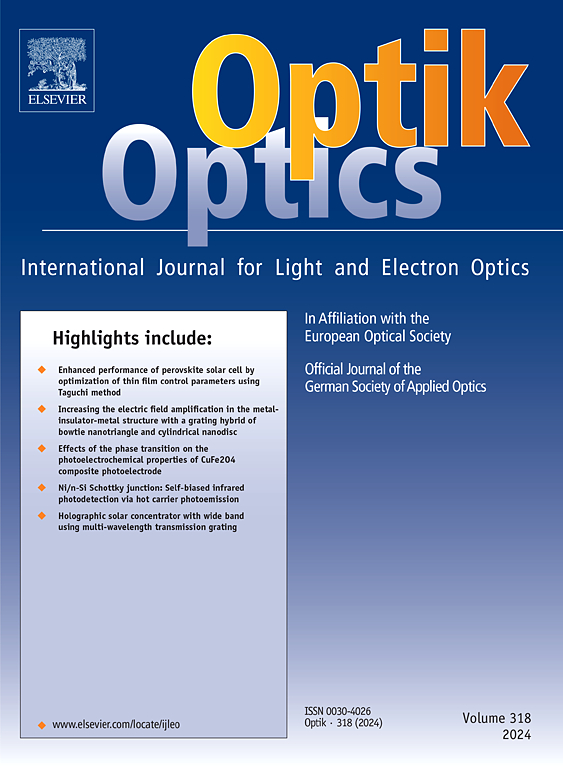Impact of dispersion-shifted fiber on optical communications link through orthogonal channels
Abstract
Dispersion-Shifted Fiber (DSF) is essential for reducing chromatic dispersion in high-speed optical communication systems. This study investigates the influence of Four Wave Mixing (FWM) on the quality of signals in orthogonal channels. We examine the advantages of DSF technology and analyze the impact of modulation formats such as On-Off Keying with Return-to-Zero (OOK-RZ) and Duo Binary Modulation class-1 (DBM-1) on transmission performance at different distances. This research assesses the efficacy of orthogonal channels in mitigating four-wave mixing (FWM) effects and improving the overall performance of eight-channel systems at distances of 100 km and 200 km through computer simulations. The results of our study show notable enhancements, namely in optimizing the Q-factor (a metric for signal quality) and reducing bit error rates when employing orthogonal channels compared to previous work. By integrating orthogonal channels with OOK-RZ modulation, we achieved higher performance and reduced nonlinear impairments in a simulated eight-channel system with 50 GHz spacing and 80 Gb/s data rates. This effect was particularly pronounced at high input power levels. At an input power of 20 dBm and a distance of 200 km, this particular combination yielded a maximum Q-factor of 27.25 and a minimum FWM power of −54 dBm. In comparison, under the same conditions, the use of OOK-RZ alone resulted in an FWM power of −24 dBm and a Q-factor of only 1.63. This research provides vital insights into enhancing the efficiency and dependability of optical communication systems, hence facilitating breakthroughs in high-speed data transfer and network scalability.

 求助内容:
求助内容: 应助结果提醒方式:
应助结果提醒方式:


